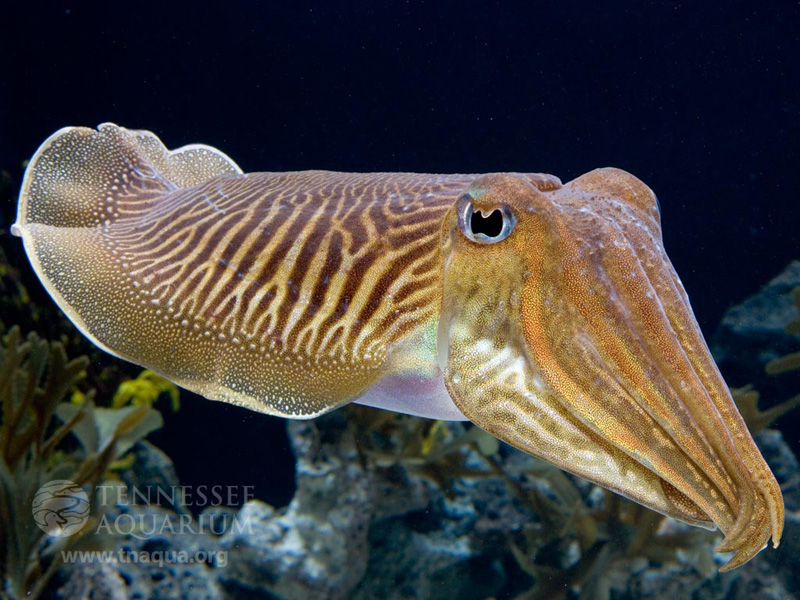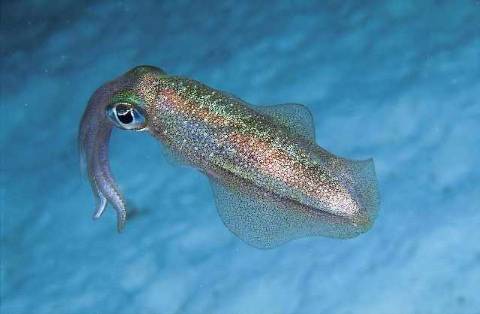We have worked with cephalopod molluscs to compare and contrast their metabolic processes with:
Bivalves and other sessile molluscs
High activity, super oxidative- athletes from other phyla – such as bees .
Along with many other marine invertebrates sessile molluscs can undergo profound metabolic depression when faced with environmental challenges such as hypoxia, anoxia, cold and freezing. Cephalopod molluscs live a high energy/high activity lifestyle – high metabolic rates and very high aerobic scope for their phylum. They have retained an ability to depress their metabolic rate and to into ‘suspended animation’ like oysters and clams. We are interested in how Nature ‘gears down’ a tremendously active organism and have found that profound metabolic suppression occurs in the mitochondrial power plant as well as sharp reductions in transcription rates in the nucleus and translation processes in the cytoplasm.
Interestingly bees [and other insects] that fly through the air, using powerful, aerobic flight muscles are set up on a metabolic grid exactly the same way as are squid and cuttlefish – who ‘fly’ through the ocean using aerobic muscle work. Both these systems use co-burning of carbohydrates and proline to maximally activate and prime the TCA cycle and much can be learned from analysis of the transcriptomics, metabolomics and proteomics or these evolutionarily diverse organisms who have developed convergent metabolic solutions to powered flight!
The Humboldt squid can profoundly drop its metabolism in severe hypoxia and at low temperatures. The unique situation is that they are a tropical cephalopod and “see” these unique environments every day and then reverse both hypoxia and low temperatures every night. They migrate from the deep scattering layer thousands of meters below the surface of the ocean during the days and rest in the cold and hypoxic environment. At night, they rise to the warm upper, oxygenated layers of the ocean to spend hours in high speed predation – eating anything and everything near the ocean surface. Extreme lifestyle changes that are reflected in changes in gene regulation [via epigenetics] and reversible suppression of every cell process in every organ.
The genome of a cephalopod has been published in 2015 and we have access to the complete transcriptome of Loligo. These are major breakthroughs to help us do future work. Cephalopod genomics can be followed HERE and HERE.


